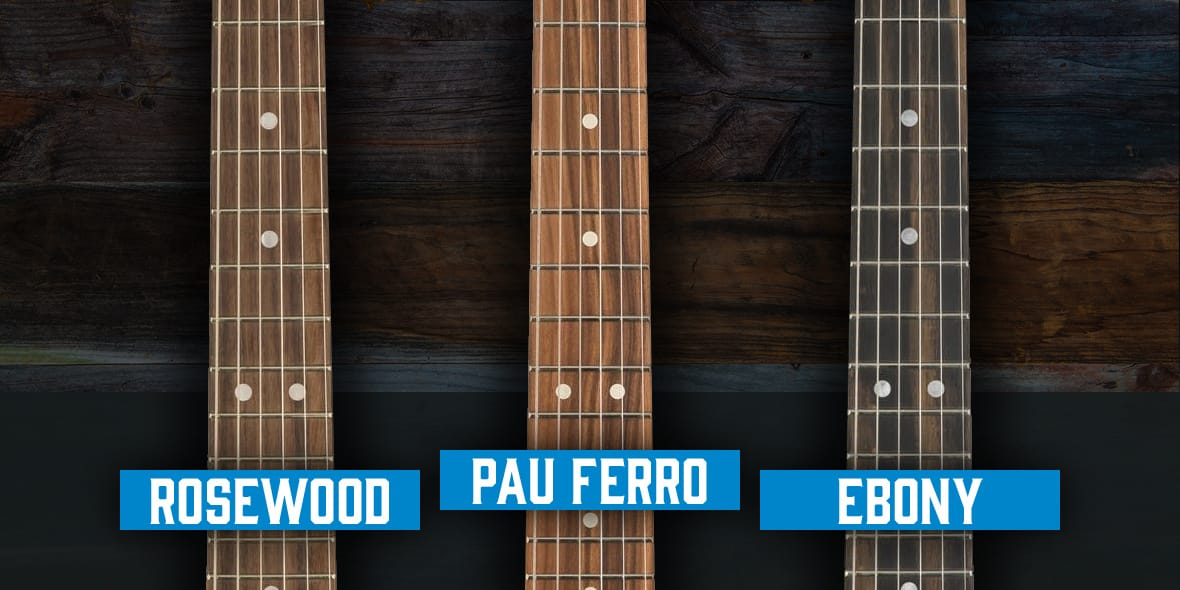Fender & CITES - Rosewood vs. Pau Ferro Fretboards
In 2017 when CITES imposed restrictions on instruments featuring rosewood, Fender made a few changes. Now that those restrictions have been lifted, Fender use a combination of rosewood, pau ferro and ebony.
So how do these tonewoods compare? Let's take a look at the differences.
After the game-changing CITES laws passed in 2017, many big manufacturers diverted from using rosewood to other more sustainable woods that don’t require certification to trade across borders. This includes Fender, who started exploring rosewood alternatives.
This affected their Mexican-made models, many of which originally used rosewood on their fretboards. They made the jump to a similar wood: pau ferro.
With restrictions now lifted, Fender have re-implemented rosewood into their guitar manufacture - but they've kept pau ferro and ebony as additional options across the range.
You can read more about the CITES laws affecting guitarists, bassists and drummers by clicking here.
If you'd like to know more about the different types of guitar tonewood, check out our blog.
The difference between Pau Ferro & Rosewood Fretboards
Pau ferro is a sustainable wood species that Fender used to replace rosewood on all of their Mexican-made models. Fortunately, pau ferro is quite similar to rosewood in terms of look and feel with a few subtle differences – which is why Fender have chosen this as a suitable replacement.
These are the differences between pau ferro and rosewood:
- Tighter grain than rosewood – this results in a slightly snappier tone.
- Tonally, pau ferro is like the mid-way point between Ebony and rosewood. Slightly brighter than rosewood but with the same depth and warmth.
- Pau ferro is a harder wood than rosewood which is what leads to these tonal differences.
- Generally, pau ferro is lighter in colour than rosewood.
- Pau ferro can vary in appearance going from light brown wood grains to darker streaks.
- It feels quite similar to Ebony under the fingers – smooth and easy to play. Not far removed from rosewood.

Rosewood vs Pau Ferro Video with Pete Honore and Mick Taylor
The CITES laws in a nutshell
On the 2nd of January 2017, a law was put into place that affected how rosewood was traded across international borders. Rosewood has been used for years to create many different musical instruments. These laws meant that anything made with rosewood needed certification explaining where and how it was sourced.
In 2019, CITES lifted all Rosewood restrictions, meaning you can trade/move freely with guitars featuring rosewood. Restrictions on the rarer Brazilian Rosewood still stand.
